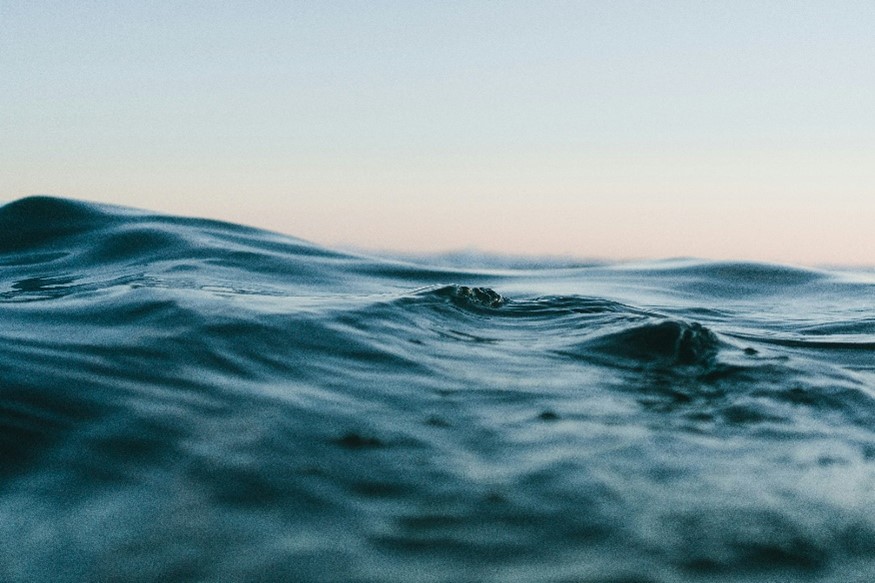Swimming safely: Reducing hazardous waste for cleaner beaches, lakes, and rivers

Hot summer temperatures have arrived. And as the heat turns up, a big question comes to mind: Where’s the best place to swim?
Whether you’re dipping your toes into a river, digging your toes into the sand at the beach, or diving full on into a deep lake, water quality plays a big role in our swimming experience. We want our swimming spots to be crystal clear, leaving us feeling refreshed and without worry.
Water quality is impacted by many different influences, from naturally-occurring bacteria levels, climate-impacted changes to water conditions, and even manmade problems such as toxic chemicals. Protecting that water quality year-round will help make sure swimming our region’s waters will be as safe as possible for years to come.
Read on for some tips for safe swimming of all kinds, from finding and protecting clean beaches to swimming with as little exposure to hazardous materials as possible.
Know where it’s safe to swim
One way to find the best and safest beaches and swimming holes to cool off in around our region is King County Parks’ swimming beach monitoring system, which lets people know where it is safe to swim each day based on bacteria levels in the water.
Promote cleaner beaches by safely disposing of hazardous beach-related products
Bacteria levels are one concern when it comes to water quality in our area. Another link to our region’s water quality is hazardous waste, much of which enters our waterways when hazardous products are not disposed properly. Keep hazardous waste out of our environment and promote clean beaches and better water quality overall. Know what some common beach and swimming-related products that contain hazardous materials, and keep in mind how to safely dispose of them.
Reduce chemical use in your at-home cleaning and gardening practices
Sinks, drains, and the ground underneath us are all ways that hazardous waste may enter our waterways eventually. Although a longer-term solution, taking steps each day in our own homes when we clean and garden can reduce the amount of hazardous materials that enter our soils and waterways from these sources.
- Practice natural yard care without chemicals: Incorporating natural yard care practices like pulling weeds and pests by hand and amending soil instead of relying on herbicides and pesticides will reduce your personal exposures to , all while keeping those chemicals out of our waters.
- Safer cleaning recipes: Choose safer, environmentally-friendly products or use our six safer cleaning recipes for cleaning your home. You’ll rely less on hazardous cleaning products that often go down drains and end up in our region’s waterways.

 Translate
Translate